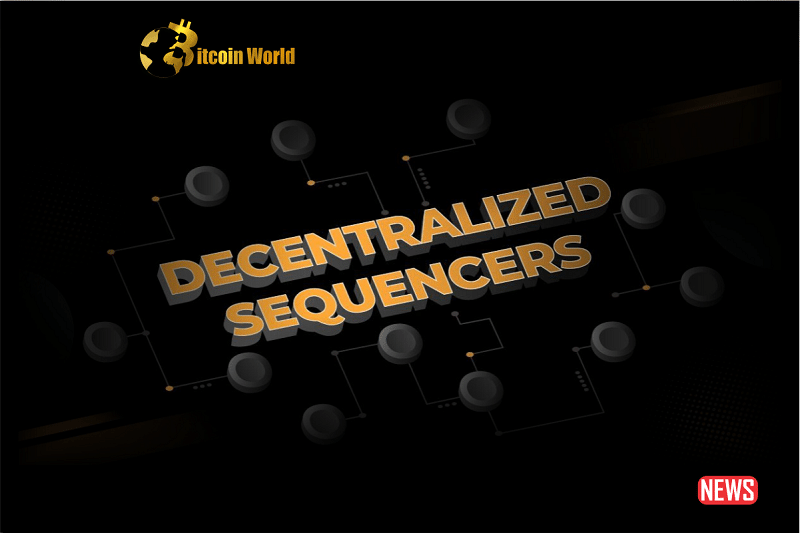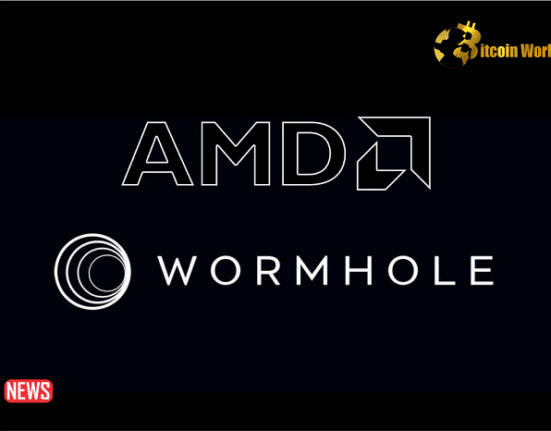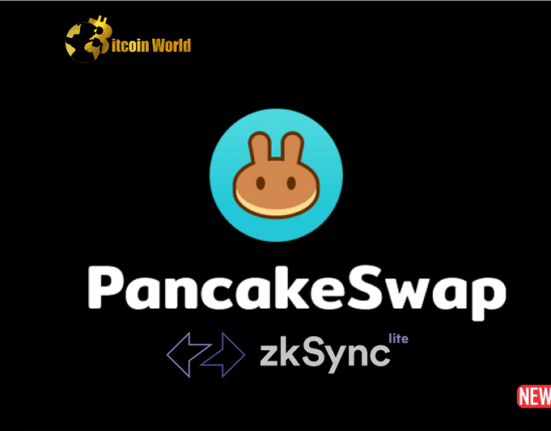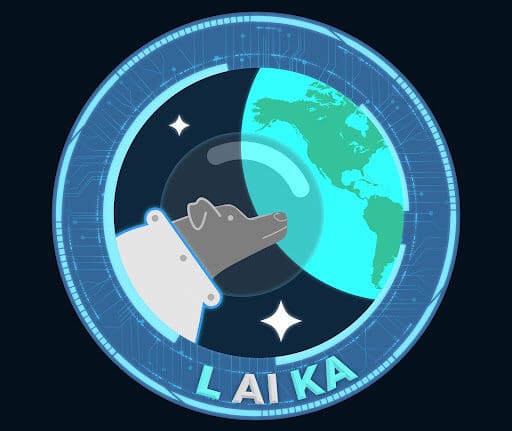Sequencers play a vital role in rollup networks, ensuring the efficient execution of transactions and maintaining network stability. The failure of a single sequencer can bring the entire network to a standstill, emphasizing the need for decentralized sequencers to bolster network resilience. Unfortunately, many existing rollup solutions heavily rely on a single sequencer, making them less decentralized than some centralized alternatives. This article explores the significance of decentralized sequencers and how they can enhance the scalability and security of Ethereum’s rollup ecosystem.
Importance of Sequencers
Existing rollup solutions, like ZK-rollups and optimistic rollups, offer scalability but have their share of issues. ZK-rollups face computational complexity and dependency on external verifiability, while optimistic rollups can suffer from reversibility and MEV concerns. These drawbacks highlight the need for introducing new designs like sequencers to address these limitations.
Sequencers can significantly increase transaction throughput by sorting transactions according to predetermined rules, reducing conflicts and competition. Moreover, they compress multiple transactions into a single one, saving on-chain storage costs and enhancing system efficiency.
Disadvantages of Centralized Sequencers
Despite the convenience and cost-effectiveness of centralized sequencers, they come with several downsides, including censorship susceptibility, excessive fees, and the risk of malicious MEV activities. To counter these issues, decentralized sequencers offer increased security, censorship resistance, and liveness, but their design and implementation pose challenges.
Towards Decentralization
Different approaches to decentralization are currently being explored. The Proof-of-Authority (PoA) system selects a few entities to operate sequencers, improving censorship resistance but risking single-point failure. Based rollup decentralizes sequencing to anyone, but it faces challenges with proceeds leakage and MEV attacks. DVT (distributed validator technology) distributes sequencer responsibilities across multiple nodes, providing flexibility but introducing some latency. Shared sequencing allows multiple rollups to share a single decentralized sequencer network, offering cross-chain atomicity and real-time censorship resistance.
Potential Opportunities and Future Directions
Decentralized sequencers offer potential investment opportunities in infrastructure development, including sequencer service providers, security auditors, and cross-chain solution providers. The evolution of decentralized sequencing is driven by the need for multi-chain interoperability, stronger MEV prevention, and user protection, as well as enhanced governance and participation mechanisms. These developments will usher in innovative business models that promote the widespread adoption and sustainable development of decentralized sequencers.
Decentralized sequencers hold the key to enhancing Ethereum’s performance, scalability, and security. As technology evolves, we can expect more business model innovations and advancements in multi-chain interoperability, MEV prevention, and governance mechanisms. Decentralized sequencers offer exciting possibilities for a more secure and scalable Ethereum ecosystem, making them a crucial element in the future of blockchain technology.














